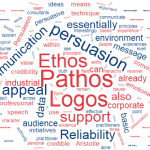
Despite its well-documented successes, Reliability Centered Maintenance has always drawn a lot of discussion and controversy. Much of it is because of a lack of understanding and ‘myths’ generated to discredit RCM as a viable business solution. Here I will fill in some of those gaps in understanding and debunk some of the myths. [Read more…]











